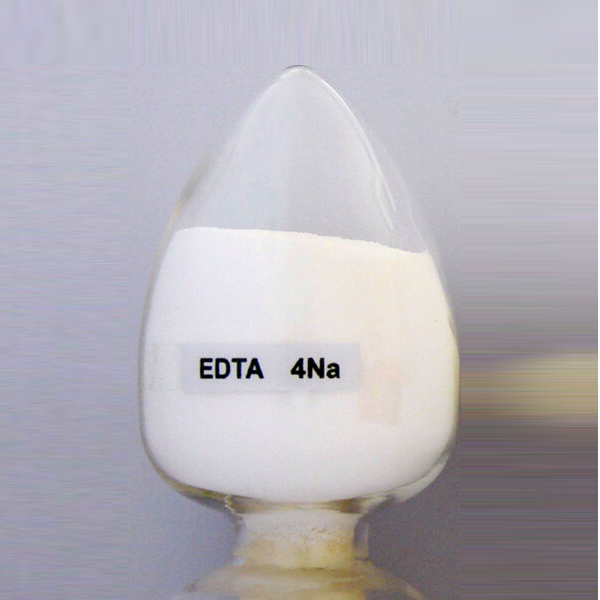
News
Νοέ . 30, 2024 22:38 Back to list
The Cost of Organic Chelated Calcium Fertilizers in Today's Market
The Rising Demand for Organic Chelated Calcium Fertilizers Pricing and Market Dynamics
Organic chelated calcium fertilizers have garnered substantial attention in the agricultural sector due to their superior nutrient availability and enhanced crop health benefits. As global agriculture increasingly shifts towards sustainable practices, the demand for organic fertilizers, particularly those that provide essential nutrients like calcium in a chelated form, has surged. This article delves into the factors influencing the prices of organic chelated calcium fertilizers, market dynamics, and the implications for farmers and agricultural stakeholders.
Understanding Organic Chelated Calcium Fertilizers
Chelated calcium fertilizers are unique formulations that combine calcium with organic molecules, which enhance the solubility and absorption of calcium by plants. Calcium, an essential macronutrient, plays a crucial role in plant structure, cell wall integrity, and overall growth. It also aids in mitigating stress responses and improving disease resistance. The organic chelation process not only improves nutrient uptake efficiency but also minimizes nutrient leaching and runoff, which are common issues with conventional fertilizers.
Factors Influencing Prices
1. Raw Material Costs The cost of raw materials used in producing organic chelated calcium fertilizers significantly influences market prices. Fluctuations in the prices of calcium carbonate, natural organic acids, and other ingredients can directly impact the cost structure for producers. Additionally, sourcing high-quality organic materials that meet certification standards can further increase production costs.
2. Production Processes The manufacturing process for organic chelated fertilizers is often more complex than that for conventional fertilizers. This complexity, along with stricter regulations regarding organic production methods, can lead to higher operational expenses. Consequently, these costs are typically passed on to consumers in the form of higher prices.
3. Market Demand Growing awareness of sustainable agriculture and the detrimental environmental impacts of synthetic fertilizers are driving demand for organic products. As more farmers adopt organic farming practices and seek alternative fertilization methods, the demand for organic chelated calcium fertilizers is expected to rise, further influencing pricing dynamics.
organic chelated calcium fertilizer price

4. Supply Chain Logistics Global events, such as trade tariffs, pandemics, and geopolitical tensions, can disrupt supply chains, impacting the availability and cost of fertilizers. Transport and distribution costs, along with storage issues during different seasons, can also contribute to price fluctuations.
5. Regulatory Factors The agricultural sector operates within a framework of regulatory compliance, particularly for organic products. Certification processes, adherence to organic standards, and potential tariffs on non-organic imports can affect pricing. Producers must navigate these regulations, often at an additional cost that reflects in the retail price of fertilizers.
Market Trends and Future Outlook
The organic chelated calcium fertilizer market is witnessing robust growth. According to recent market analyses, the global organic fertilizer market is expected to continue expanding, with forecasted growth rates of several percentage points over the next few years. Factors such as increasing consumer demand for organic produce, support for sustainable farming practices, and innovations in agricultural technology are pivotal in driving this trend forward.
In addition, the development of new formulations and bio-based products could lead to a more competitive landscape, potentially stabilizing or even lowering prices in the long run. Farmers are becoming more knowledgeable about the benefits of using organic chelated fertilizers, including their role in improving soil health and crop yield, which further encourages adoption.
Conclusion
The market for organic chelated calcium fertilizers is vibrant and poised for considerable growth. While prices are influenced by multiple factors, including raw material costs, production complexities, and market demand, the overall trend leans towards an ongoing increase in adoption as agricultural practices continue to evolve towards sustainability. As farmers and agricultural stakeholders become more aware of the environmental and economic benefits associated with organic fertilizers, the landscape of modern agriculture will undoubtedly change, fostering a healthier ecosystem and more resilient food systems. Investing in organic chelated calcium fertilizers could, therefore, be seen not just as a cost but a strategic decision for future growth and sustainability in agriculture.
-
Polyaspartic Acid Salts in Agricultural Fertilizers: A Sustainable Solution
NewsJul.21,2025
-
OEM Chelating Agent Preservative Supplier & Manufacturer High-Quality Customized Solutions
NewsJul.08,2025
-
OEM Potassium Chelating Agent Manufacturer - Custom Potassium Oxalate & Citrate Solutions
NewsJul.08,2025
-
OEM Pentasodium DTPA Chelating Agent Supplier & Manufacturer High Purity & Cost-Effective Solutions
NewsJul.08,2025
-
High-Efficiency Chelated Trace Elements Fertilizer Bulk Supplier & Manufacturer Quotes
NewsJul.07,2025
-
High Quality K Formation for a Chelating Agent – Reliable Manufacturer & Supplier
NewsJul.07,2025
